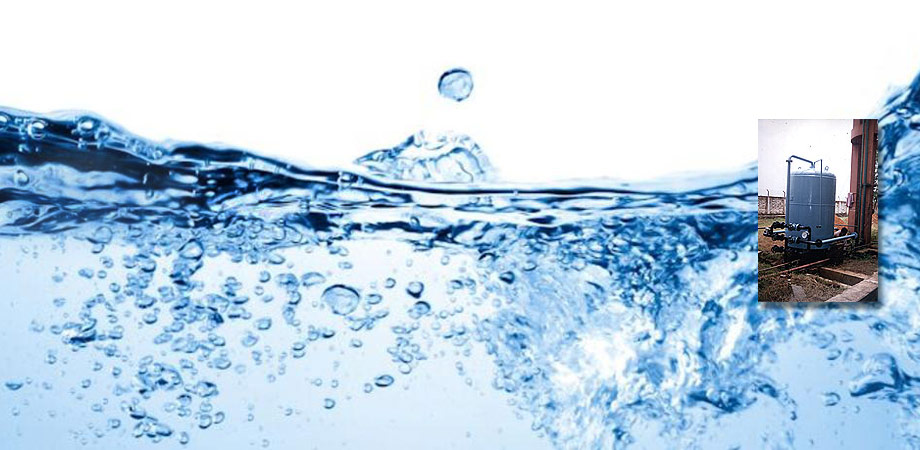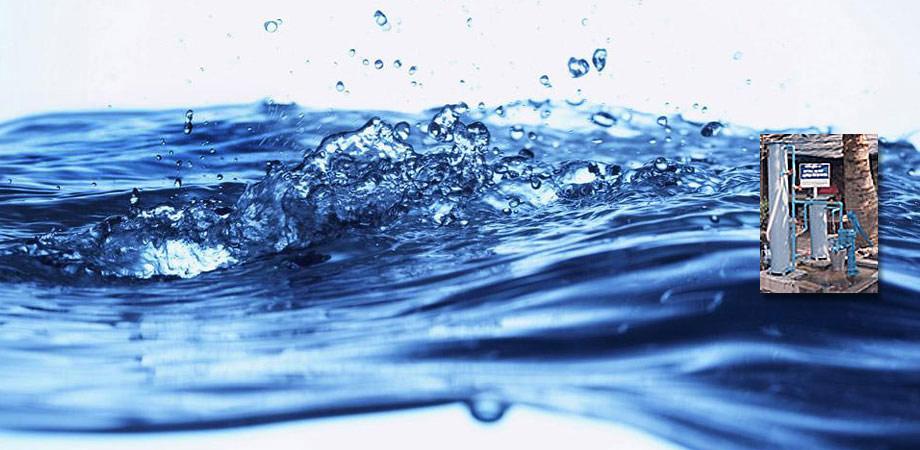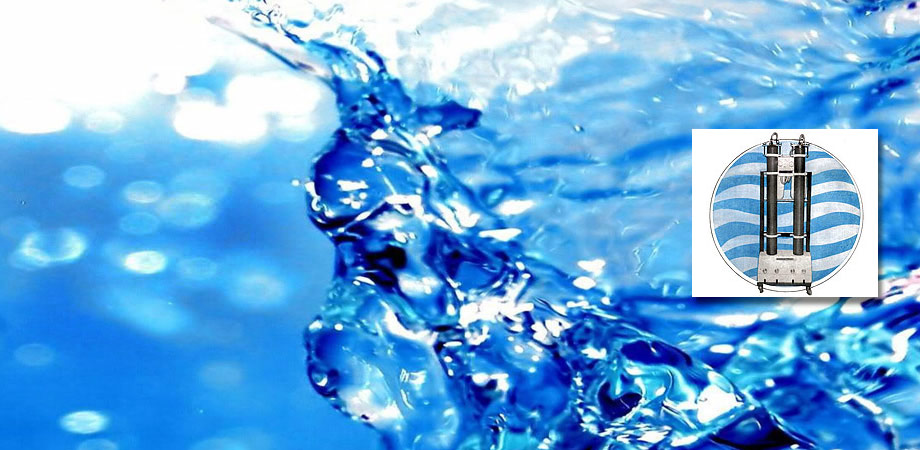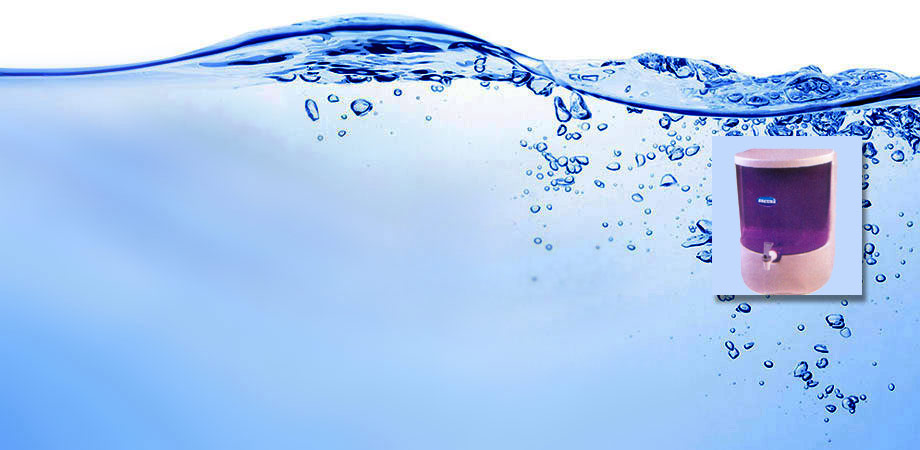PRODUCTS
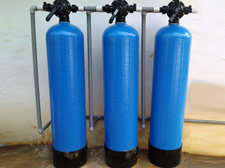
Iron Removal Filter
M.S. dishended vertical, cylindrical shell provided with hand hole, charging hole etc.perforated bed support plate fitted with uniformly speed special plastic strainers. The filter will be fitted with pipe line, valves etc. and filled up with one full charge of catalytic filtering Media. Also available FRP vessel fitted with multiport valve.
Raw water generally contains soluble iron in form of ferrous bicarbonate and in soluble as ferric hydroxide.
Water containing ferrous bicarbonate is clear when drawn from a tube well. But as soon as it comes in contact with air develops a whitish haze which on longer standing turns yellowish and then forms yellowish to reddish-brown deposits of hydrated ferric oxide; some of this deposit sticks to the side of the container and the rest sinks to the bottom. Oxidation of ferrous bicarbonate is usually accomplished by the dissolved oxygen introduced into the water by aeration as per following reaction.
| 2Fe(HCO3)2 + | 1/2 O2 + | H2O | 4CO2 | |
| Ferrous bicarbonate | Oxygen | Water | ferric Hydroxide | Carbon Dioxide |
From the above reaction it appears that 1ppm of dissolved oxygen oxidises 7ppm. of ferrous iron as Fe. As solubility of oxygen from air dissolved in water at 600 F is 10ppm. theoretically water saturated with dissolved air contains enough oxygen to oxidise 70ppm of ferrous iron.
Water directly from the tube well is first passed into the aeration chamber packed with manganese base catalyst. Before entering into the Aeration Chamber air is injected with water from an Air Compressor. Here according to the above reaction iron is oxidised into ferric form Water is then passed through the Iron Removal Filter packed with Catalytic Filtering Media Here the residual ferrous iron is oxidised into ferric and entire precipitated ferric hydroxide is filtered out.
The precipitated and entraped ferric hydroxide is then removed from the bed during back- washing.
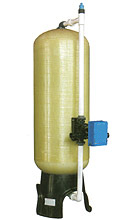
Iron Removal Filter
Application:
• Hotels• Housing
• Flats
• Laundries
• Tea Garden
• Hospitals
• Air-Conditioning Plants
• Boiler Feed Water
• Chemical & Pharmaceutical Industries
• Domestic Purposes
Softener

Softener
M.S. dishended vertical, cylindrical shell provided with hand hole, charging hole etc. perforated bed support plate fitted with uniformly speed special plastic strainers. The filter will be fitted with pipe line, valves etc. and filled up with one full charge of high polystyrene base resin in sodium form. Also available FRP vessel fitted with multiport valve.
During service period polystyrene base. Resins in sodium form adsorb Calcium, Magnesium in raw water and after producing certain amount of soft water these are exhausted. These then require regeneration with 5 to 10% Common Salt solution.
In case of big units, saturated salt solution is prepared in a R. C. C. tank and required amount of brine is drawn in a brine measuring tank. The brine soln. is then diluted with the help of an injector and fed into the Softener. In case of medium size Softener salt solution is prepared in a Salt Pot and instantly fed into the Softener. In case of small size Softener, salt is dumped inside the shell. Excess brine is then drained during the period of rinsing with filtered water. Soft water is then tested with the help of a Hardness Test Kit and fed into different processes. A Water Meter is incorporated on the line for measuring total amount of soft water treated by the softening unit.
Some Important Notes
I. In case raw water contains iron more than 0,3 ppm as Fe, an Iron Removal Filter must be installed before a Softener. This is to avoid iron fouling of Ion
Exchange Resin in softener and ultimately capacity loss.
2. Specific gravity of brine solution must be checked from time to time.
Application
• BOILERS • LAUNDRIES • HOSPITALS • COSMETICS • CHEMICAL MANUFACTURE • PIGMENT MANUFACTURE • TEXTILE MILLS • DYE WASHES • POWER
PLANTS • HOTELS • RESTAURANTS • ICE PLANT • STEAM SHIPS ETC.




